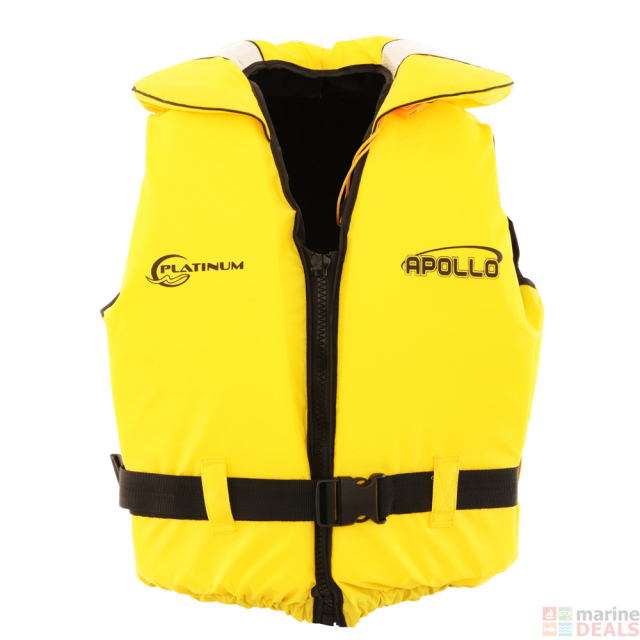The most ancient examples of primitive life jackets can be traced back to inflated bladders, animal skins, or hollow sealed gourds, for support when crossing deep streams and rivers. Purpose-designed buoyant safety devices consisting of simple blocks of wood or cork were used by Norwegian seamen.
In 1804 a cork life jacket was available for sale in The Sporting Magazine. Personal flotation devices were not part of the equipment issued to naval sailors until the early 19th century. The modern life jacket is generally credited to the Inspector of Lifeboats at the Royal National Lifeboat Institution in the UK, Captain John Ross Ward. He later became the Vice Admiral of the Royal Navy. He created a cork vest in 1854 to be worn by lifeboat crews for both weather protection and buoyancy.
In 1900, French electrical engineer, Gustave Trouvé, patented a battery-powered wearable lifejacket. It incorporated small, rubber-insulated maritime electric batteries not only to inflate the jacket, but also to power a light to transmit and receive SOS messages and to launch a distress flare.

